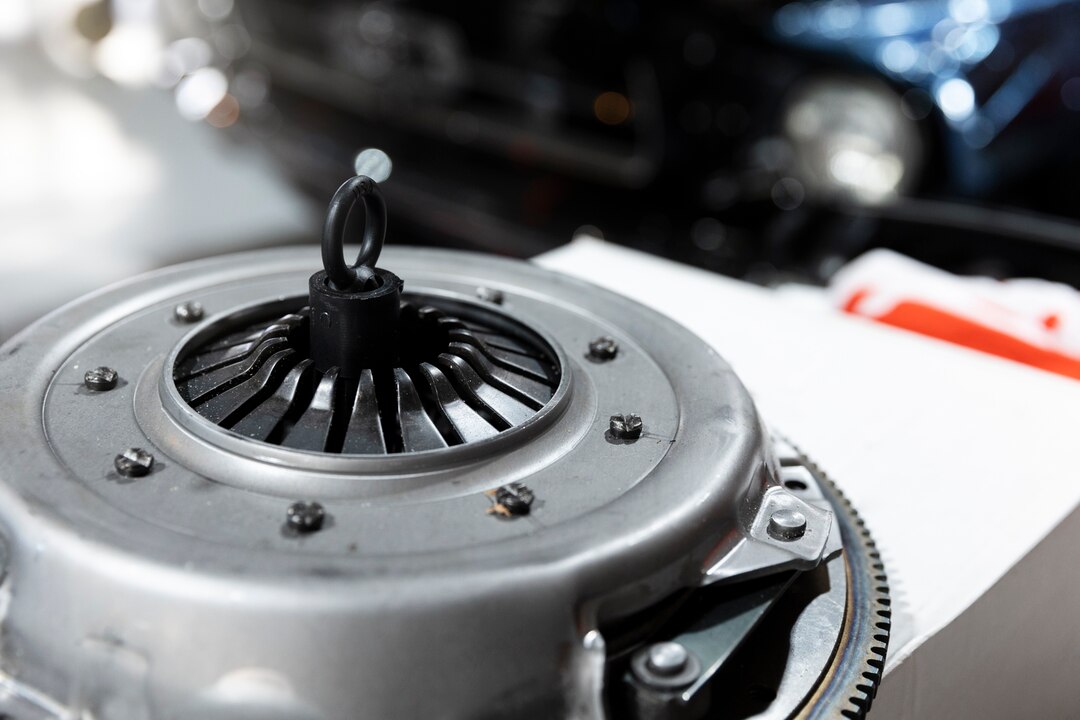The clutch is a critical component of a manual transmission vehicle, allowing the driver to engage and disengage the engine from the transmission to change gears smoothly. While most drivers are familiar with the basic function of the clutch, many may not realize that there are different types of clutches used in cars, each with its own unique design and characteristics. In this article, we’ll explore the various types of car clutches, how they work, and their applications in different vehicles.
- Friction Clutch:
The friction clutch is the most common type of clutch used in manual transmission vehicles. It consists of a friction disc sandwiched between the flywheel and pressure plate. When the clutch pedal is depressed, the pressure plate disengages from the flywheel, allowing the friction disc to separate from the flywheel and transmission input shaft, thus disengaging the engine from the transmission. When the clutch pedal is released, the pressure plate engages, pressing the friction disc against the flywheel, and transmitting power from the engine to the transmission. - Single Plate Clutch:
The single plate clutch is a type of friction clutch that uses a single friction disc sandwiched between the flywheel and pressure plate. It is commonly used in passenger cars and light-duty vehicles due to its simplicity, reliability, and ease of operation. - Multi-Plate Clutch:
The multi-plate clutch, as the name suggests, uses multiple friction discs and pressure plates to increase the clamping force and torque capacity of the clutch. This type of clutch is often found in high-performance vehicles, sports cars, and racing applications where increased durability and performance are required. - Diaphragm Spring Clutch:
The diaphragm spring clutch is a variation of the single plate clutch that uses a diaphragm spring instead of coil springs to apply pressure to the friction disc. This design offers smoother engagement, reduced pedal effort, and improved modulation compared to traditional coil spring clutches. - Centrifugal Clutch:
The centrifugal clutch is a type of automatic clutch that uses centrifugal force to engage and disengage the engine from the transmission. It is commonly used in small engines, such as lawn mowers, go-karts, and some motorcycles, where manual clutch operation is impractical or unnecessary. - Hydraulic Clutch:
The hydraulic clutch utilizes hydraulic pressure to engage and disengage the clutch mechanism. It consists of a master cylinder, slave cylinder, and hydraulic lines that transmit fluid pressure from the clutch pedal to the clutch release mechanism. Hydraulic clutches offer smoother operation, improved modulation, and reduced pedal effort compared to mechanical linkage clutches. - Electromagnetic Clutch:
The electromagnetic clutch uses an electromagnetic coil to engage and disengage the clutch mechanism. It is commonly used in automotive air conditioning systems, power take-off units, and other applications where precise control of clutch engagement is required.
Understanding the various types of car clutches is essential for drivers and automotive enthusiasts alike, as it allows for a deeper appreciation of the intricate mechanical systems that power our vehicles. Whether it’s the simplicity of a single plate clutch or the high-performance capabilities of a multi-plate clutch, each type of clutch has its own unique advantages and applications. By familiarizing yourself with the different types of car clutches, you can better appreciate the engineering behind these essential components of manual transmission vehicles.











